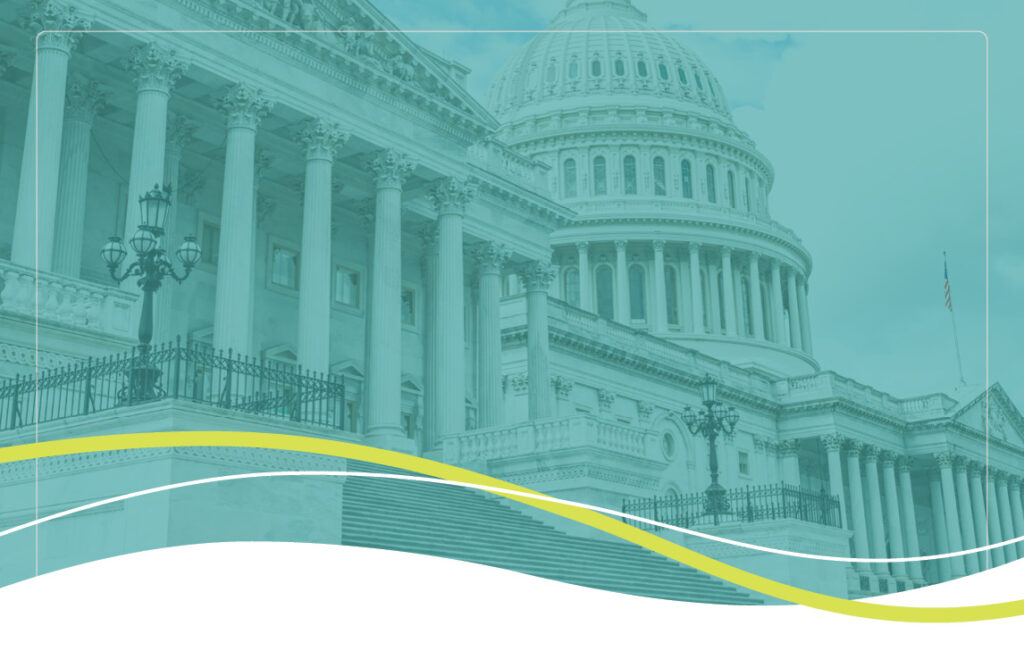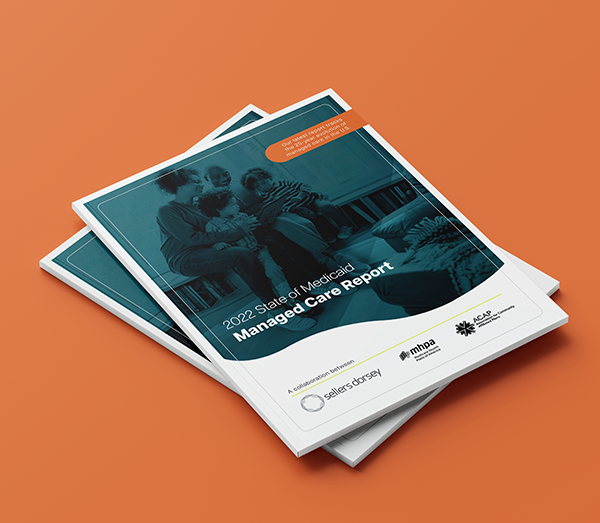ICYMI: Sellers Dorsey Special Coverage of NASBO Spring Conference 2024

From April 10 through April 12, approximately 60 National Association of State Budget Officers (NASBO) members representing 40 states/territories convened in Mobile, Alabama to discuss post-pandemic economics, state of the states, artificial intelligence (AI), housing challenges, pensions and other post-employment benefits (OPEBs), and federal budget information for states. In case you missed it, Sellers Dorsey summarized highlights from each session to keep you informed.
Post-Pandemic Economics
Adrienne Slack, Regional Executive and Vice President of the New Orleans Branch of the Federal Reserve Bank of Atlanta, discussed the current state of economics in the country, reviewed pandemic-related data, and highlighted some key risks that the bank’s clients and other stakeholders were sharing. The three points made throughout the presentation were that while progress on the inflation rate is real, sustainable attainment of the 2% goal has not be completed; strong employment growth is not surprising, but despite job numbers, the labor market has been cooling; and the effects of monetary policy tightening may not have peaked. Lastly, the Regional Economic Information Network (REIN) identified key risks, including softening demand, credit constraints, insurance costs, and the geopolitical landscape.
State of the States
Many states are experiencing similar fiscal patterns: stable or slightly decreasing revenue; personal income tax cuts; maintenance of or additional deposits into Rainy Day and other state savings funds, budget stabilization; and state employee labor costs and pay increases. Despite these common themes, some states are experiencing differences in the last quarter of FY2024 and anticipate continued fluctuations in the start of FY2025.
Some of these states include:
- Arizona: Revenue for FY2024 is coming in much lower than expected which is expected to keep the state in a deficit through FY2027. Budget initiatives include a federal injunction for federal healthcare (to avoid federal receivership), expanding and extending low-income housing credits, K-12 caseload, HHS caseload, and water conservation.
- Colorado: The state spent a lot of money this year which may put them in a difficult position next year. Cuts are expected for each department, and any increases that have been seen are likely to be overwhelmed by caseload and salary increases.
- Connecticut: On the state’s spending side, there are deficits in Medicaid due to expansions being underfunded in previous fiscal years. Typically, the legislature has always adopted revisions to the state’s biennial budget but will not do so this year.
- Oregon: The state just came out of a legislature assembly session that resulted in the recriminalizing of drug use/drug possession. As such, the state plans to make significant investments in Substance Use Disorder (SUD) and Prevention Specialist (PS) programs. The increase in these costs will roll-up into the next biennial budget, introduced in FY2025 and providing appropriations for FY2026 and FY2027. As a result, the state is not expecting an increase to the budget.
- South Carolina: The state found in an account which has led to some disagreements between the state House and Senate about what to do with the money. No big projects are planned within the FY2025 budget except for the freezing of tuition, pay increases to teachers and police, and the exclusion of veteran retirement from taxes.
Artificial Intelligence 101
Kate Stoll, Project Director at the Center for Scientific Evidence in Public Issues at the American Association for the Advancement of Science, discussed different definitions of AI, the various types of AI and examples of each, as well as AI problems. All 50 states have some type of automation in place already, which brings significant promise for potentially streamlining government processes, and saving costs; increasing access to public services and information; reducing repetitive and rote tasks for employees; and providing data-driven insights to assist with decisions. Federal and state AI actions and other activities are expected to become more common over the next few years.
Housing Challenges
Various representative from states and territories discussed changes being made to address housing and homelessness challenges, especially after increases in both categories due, in part, to the COVID-19 pandemic. Some trends that were discussed during this session included land use issues, housing for both low- and middle-income individuals and families, rent rebate programs, down payment assistance and paths to home ownership, and strategic partnerships with financing institutions who then lend to developers.
Pensions and OPEB Update
Jean-Pierre Aubry, Director of State and Local Research Center for Retirement Research at Boston College, discussed trends in pensions over the last 15 years. The Center for Retirement Research (CRR) has compiled financial and actuarial data for over 200 state and local pension funds and created the Public Plans Database to support research.
Key points made during this presentation included the following:
- Since 2019, financial markets throughout the country have been impacted by the onset of COVID, the COVID stimulus, declining interest rates, and increasing inflation and interest rates.
- Despite the unpredictable markets throughout this time period, the current funded status (at the time of the presentation) is about 78%, which is higher than last year and 5% higher than FY2019.
- Pension funds have been navigating inflation and the rise in interest rates. While higher rates have negatively impacted fixed-income holdings, the overall effect has been offset by the reasonably strong performance of other assets.
Federal Budget Update
Lastly, Marcia Howard, Executive Director at Federal Funds Information for States (FFIS), discussed the outlook of the federal budget for the upcoming fiscal year and highlights seen through FY2024 so far.
the following were the highlights discussed throughout the session.
- Everything else being equal, the FY2025 budget will likely look a lot like FY2024 and may not have success in the legislature.
- Election results will dictate outcomes, including raising the debt limit in early 2025.
- The biggest challenge is healthcare spending.
- Trust funds are also in trouble.
- While deficits may not matter, rising interest payments could crowd out other spending or lead to even larger deficits and more debt.
- The prospect for federal fiscal relief depends on the timing and severity of a downturn plus state and federal fiscal conditions.
- Such relief is not just about helping states but others as well.
Looking to learn more on states’ budget plans for the year ahead? Our exclusive report, Summaries of Proposed State Budgets FY2025, covers everything you need to know including Medicaid spending plans, program changes, healthcare spending highlights and more.




